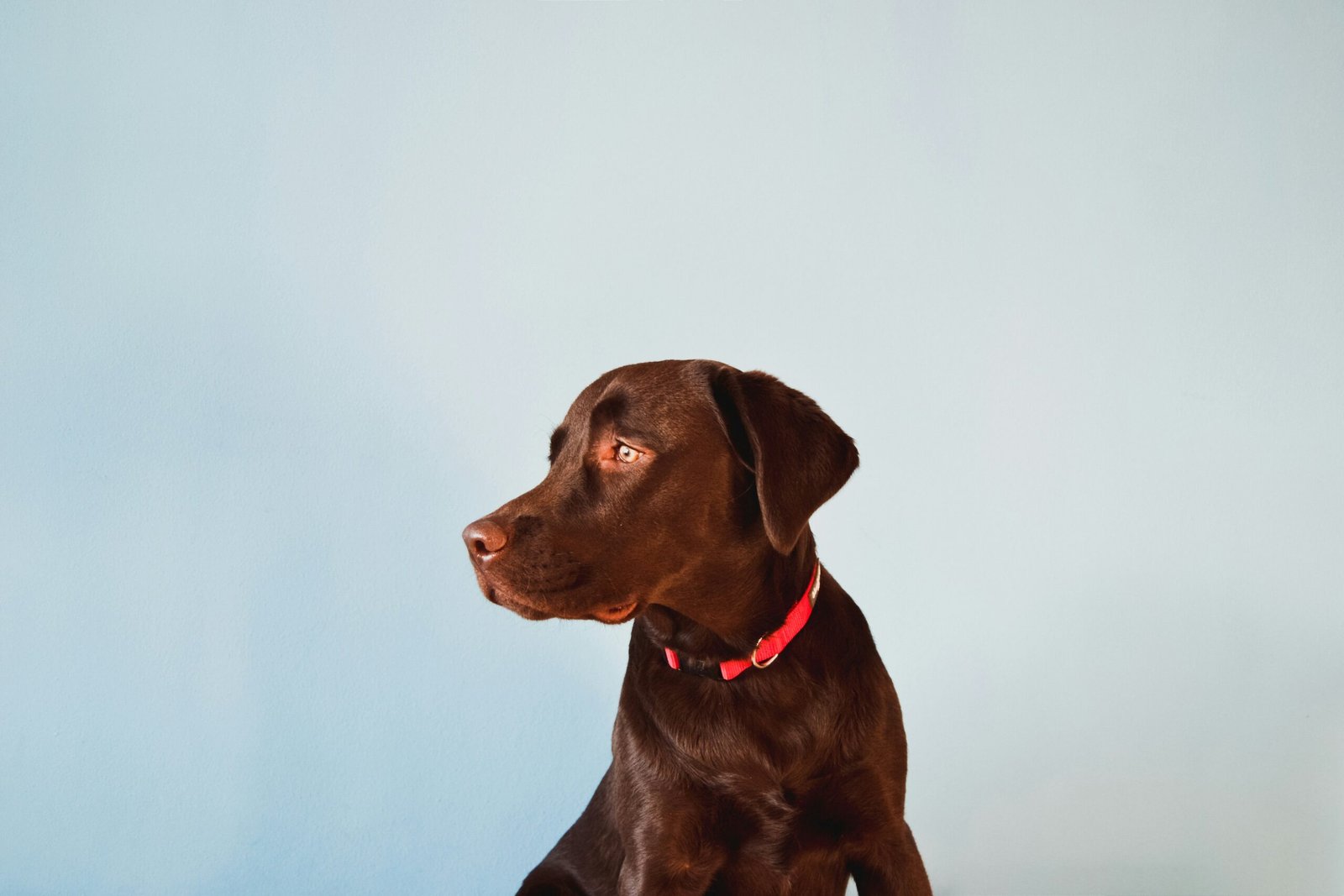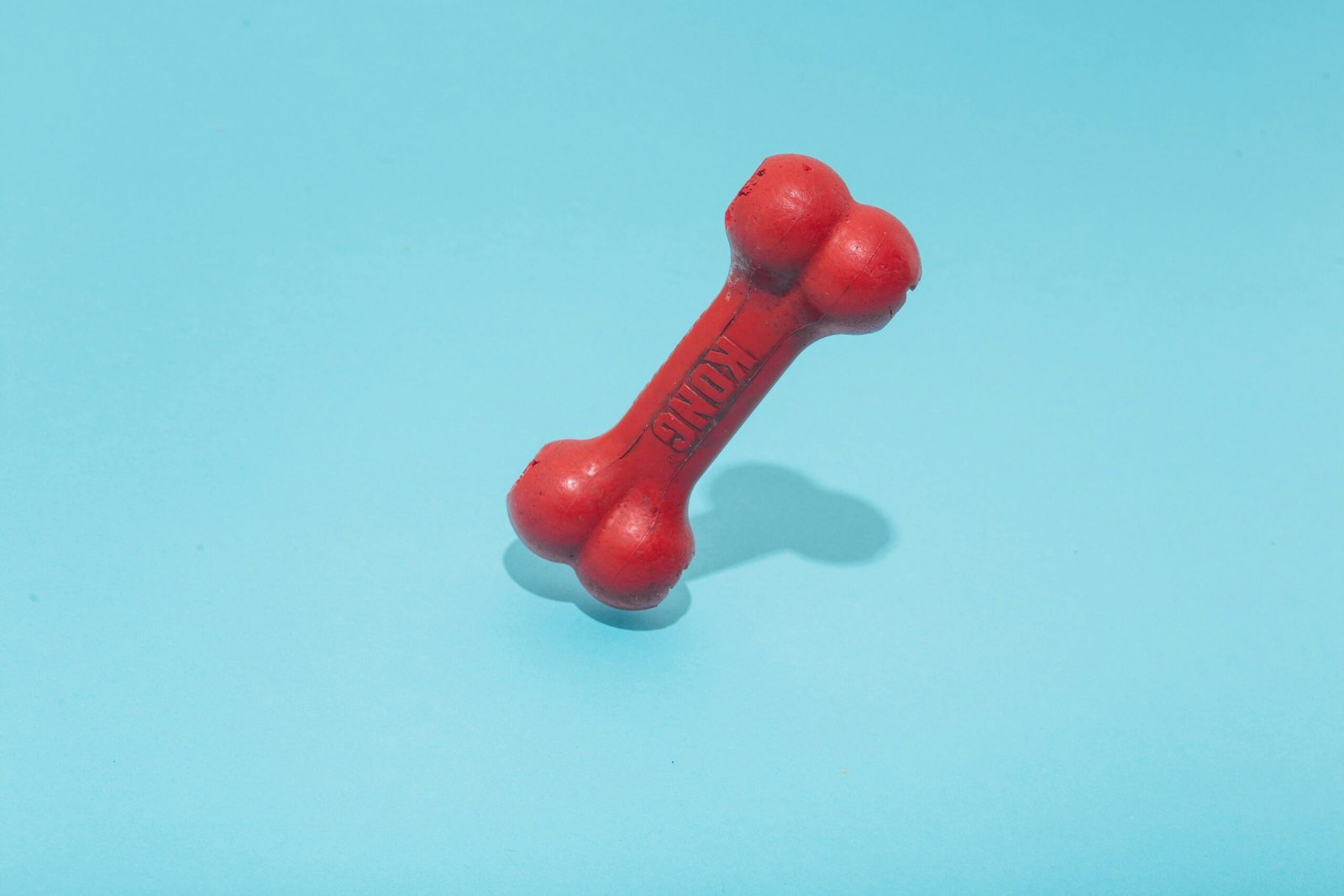Introduction to DIY Pet Projects
DIY pet projects offer a unique and rewarding way to enhance the lives of our furry friends while allowing pet owners to express their creativity. Crafting custom accessories and items for pets can lead to significant cost savings compared to purchasing commercially available products. More importantly, these personalized projects can be tailored to meet the specific needs and preferences of each pet, ensuring comfort and functionality.
The process of creating DIY pet projects can be immensely satisfying. Not only does it provide a creative outlet for pet owners, but it also fosters a deeper bond between them and their pets. Whether you are crafting a custom bed, a stylish collar, or engaging toys, each project is an opportunity to design something unique that reflects both your and your pet’s personality.
Another advantage of DIY pet projects is the ability to use high-quality, pet-safe materials. By selecting materials yourself, you can ensure that the items you create are safe and durable, reducing the risk of your pet being exposed to harmful substances. This level of control is particularly beneficial for pets with specific allergies or sensitivities.
In addition to the practical benefits, DIY pet projects can be a fun and educational experience. Learning new crafting techniques and experimenting with different materials can be enjoyable, and the sense of accomplishment upon completing a project is unparalleled. Moreover, involving family members, especially children, in these projects can be a great way to teach responsibility and the importance of caring for pets.
As we delve further into the world of DIY pet crafts and accessories, we encourage you to embrace your creativity and think outside the box. Each project you undertake is not just an item for your pet but a symbol of the love and care you have for them. Let’s explore the wonderful possibilities that DIY pet projects can bring to you and your furry companions.
Essential Materials and Tools for Pet Crafts
When embarking on DIY pet projects, having the right materials and tools is crucial to ensure both the safety and enjoyment of your furry friends. The foundation of any successful project begins with selecting the appropriate fabrics. Opt for durable, chew-resistant fabrics such as denim, canvas, or heavy-duty cotton that can withstand the playful nature of pets. Additionally, using non-toxic dyes and paints is imperative to prevent any potential harm in case your pet decides to nibble on their new accessory.
Sewing supplies are another vital component. Basic items such as needles, thread, and sewing machines are essential, but for pet-specific projects, consider investing in sturdy upholstery thread and heavy-duty needles to handle thicker materials. Sewing kits can also include fabric scissors, thimbles, and measuring tapes to ensure precision and ease during crafting.
Adhesives play an important role in many DIY pet projects. Choose non-toxic, pet-safe glues and adhesives that provide a strong bond without posing a health risk. Hot glue guns can be particularly useful for quick fixes, but always ensure the glue is fully cooled and set before allowing your pet to interact with the crafted item.
For crafting toys and accessories, incorporating pet-friendly materials is key. Natural fibers like jute, sisal, and untreated wood are excellent choices for scratchers and chew toys. Avoid materials that can splinter or break easily, which could pose a choking hazard. Ensuring all components are securely attached and free of small, detachable parts will further enhance the safety of the finished product.
Budget-friendly sourcing of materials is also feasible. Recycling old items such as blankets, clothes, and even furniture can provide a treasure trove of usable materials. Thrift stores and online marketplaces are excellent places to find cost-effective supplies without compromising on quality. By selecting the right materials and tools, you can create delightful and safe DIY crafts that your pets will love.
Step-by-Step DIY Pet Craft Ideas
Embarking on DIY pet projects can be an enriching experience for both you and your furry friends. Here, we present a variety of creative and practical DIY pet craft ideas, each accompanied by detailed instructions to ensure success. Whether you’re a novice or an experienced crafter, these projects offer something for everyone.
Personalized Pet Bed
Creating a cozy, personalized pet bed is a rewarding project that can be customized to suit your pet’s size and preferences.
- Materials: Old pillows or cushions, fabric of your choice, sewing kit or fabric glue.
- Instructions:
- Measure your pet and cut the fabric to the desired size, leaving extra fabric for seams.
- Sew or glue the fabric pieces together, leaving one side open.
- Insert the cushion or pillow, then sew or glue the final side shut.
- Add any personal touches such as your pet’s name or decorative elements.
Homemade Pet Toys
Homemade toys can provide endless entertainment for your pets while being easy on your wallet.
- Materials: Old t-shirts, tennis balls, socks, catnip (for cats).
- Instructions:
- For dogs, cut old t-shirts into strips and braid them together to create a durable tug toy. Knot the ends securely.
- For cats, fill an old sock with catnip and sew it shut. Alternatively, use a tennis ball wrapped in fabric for a fun chase toy.
Stylish Collars and Leashes
Designing custom collars and leashes can be both practical and fashionable.
- Materials: Nylon webbing, D-rings, buckles, fabric, sewing machine or heavy-duty needle and thread.
- Instructions:
- Measure your pet’s neck and cut the nylon webbing to size, allowing for adjustments.
- Sew or attach the buckles and D-rings to the webbing, ensuring they are secure.
- Cover the webbing with fabric for a stylish look, sewing it in place.
- Attach a leash to the D-ring, ensuring it’s the appropriate length for your pet’s size.
DIY Pet Feeders
Constructing a DIY pet feeder can be a fun project that also helps organize feeding times.
- Materials: Wooden boards, screws, bowls, paint or stain.
- Instructions:
- Measure and cut the wooden boards to create a frame that fits your pet’s bowls.
- Assemble the frame using screws, ensuring it is sturdy and level.
- Cut holes in the top board to fit the bowls snugly.
- Sand and paint or stain the wood to protect it and match your home decor.
- Place the bowls in the holes and set up the feeder in your pet’s eating area.
Each of these DIY pet projects can be tailored to suit your pet’s unique needs and your personal style. By investing a little time and creativity, you can enhance your pet’s comfort and happiness with these custom-made accessories and toys.
Tips for Ensuring Pet Safety and Comfort
When embarking on DIY projects for your furry friends, prioritizing their safety and comfort is paramount. Ensuring that your crafts and accessories are pet-friendly involves several key considerations. First and foremost, it is crucial to avoid the use of small parts in your projects. Small items, such as beads, buttons, or tiny embellishments, can pose a significant choking hazard if they become detached and ingested by your pet.
Equally important is the choice of materials. Opt for non-toxic, pet-safe materials to construct your DIY crafts. This includes using non-toxic paints, glues, and fabrics. Many commercially available craft supplies contain chemicals that could be harmful if ingested or if they come into prolonged contact with your pet’s skin or fur. Natural materials, such as cotton, wool, and untreated wood, are often safer alternatives.
Regular inspection of your DIY creations is another critical practice. Over time, wear and tear can compromise the structural integrity of your crafted items, making them potentially dangerous. Inspect items frequently for signs of damage, such as frayed edges, loose parts, or weakened seams. Repair or replace any damaged components promptly to maintain a high standard of safety.
Introducing new items to your pet should be done with care. Pets can be sensitive to new objects in their environment. Gradually introduce the new accessory or toy, allowing your pet to become familiar with it at their own pace. Observe their reactions closely. If you notice any signs of discomfort, fear, or irritation, make necessary adjustments to the design or material to improve comfort and usability.
Monitoring your pet’s interaction with the DIY items is essential. Pay attention to how they use and play with the crafted accessory. This ongoing observation will help you identify any potential issues early on and make the necessary changes to ensure that the items remain safe and enjoyable for your pet.

